
The right exercises can help eliminate your hypothyroidism symptoms, maintain or lose your excessive weight, and help you start feeling better. Keep reading this article on VKool site to know the connection between hypothyroidism and exercise for weight loss, then you can find a suitable exercise routine to follow.
Connection Between Hypothyroidism And Exercise For Weight Loss
I. An Overview About Hypothyroidism
1. What Is Hypothyroidism?

Hypothyroidism is a condition related to the thyroid functioning.
The thyroid is a butterfly-shaped gland near the neck base. Its function is to produce hormones for regulating the vital process of metabolism through the body. The deficiency in the thyroid hormone production is known as hypothyroidism that can cause the processes of metabolism to stop or slow down. Receptors for the thyroid hormone have through the body, and the disturbance in the thyroid functioning may cause many problems in every body system from the heart, GI tract to mood, sleep, even the growth of nails hair and skin.
Read on: Hypothyroidism Breakthrough
2. What Are The Symptoms?

Symptoms of hypothyroidism gradually develop and sometime they take years to form. Women in their 50s and older have higher risk of hypothyroidism than men. Nevertheless, young children teenagers, children and infants can also be affected by hypothyroidism. Common symptoms of hypothyroidism include increasing weakness and fatigue, with unintentional weight gain. Also, skin of the hypothyroidism sufferers can become rough, pale, dry, with dry brittle nails and hair loss. Other signs may be sensitivity to cold, joint aches, muscle aches, constipation, irritability, depression, abnormal menstrual cycles, memory loss, with decreased sex drive and heavy blood flow.
If untreated, the symptoms of myxedema may appear. They include dry skin, and non-pitting edema and swelling around nose and lips. More severe symptoms may be life-threatening, low blood pressure, shallow respirations, decreased body temperature, coma and unresponsiveness. Fortunately, advanced hypothyroidism is rare.
3. Causes Of Hypothyroidism
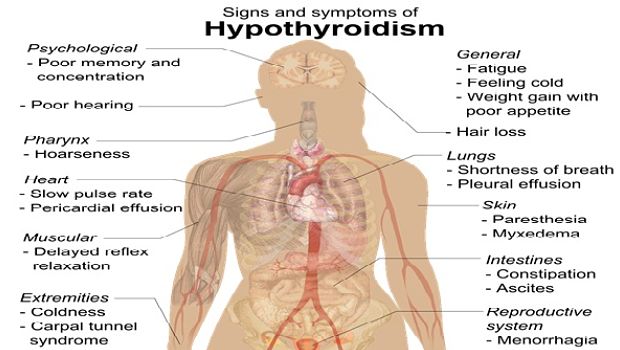
In poor and developing countries, deficiency of iodine in the diet is the main cause of hypothyroidism. Iodine is very essential for the productions of the 2 thyroid hormones, triiodothyronine (T-3) and thyroxine (T-4). In America where salt is iodized, most Americans get too much iodine from most table salt so they get an autoimmune condition called Hashimoto’s thyroiditis. And thisis believed to be a common cause of hypothyroidism. Hashimoto’s is generally more popular in women than men and in those with the family history of some autoimmune diseases It may involve in the immune-related inflammation and the destruction of thyroid gland that reduce the proper functioning and the production of the thyroid hormone. The exact triggers of Hashimoto’s are still unknown.
Read on: 10 natural autoimmune disease treatments that really work
Other main causes of the hypothyroidism condition include thyroid surgery (usually for cancer), complications of medical hyperthyroidism therapies and radiation therapy of neck and head. Also, certain medications may worsen or increase hypothyroidism with the thyroid replacement therapy. One of these is lithium that’s used for curing psychiatric conditions like bipolar disorder.
Read on: How to increase your metabolism naturally
II. The Connection Between Hypothyroidism & Exercise
Now, get closer look at the connection between hypothyroidism and exercise.
The human thyroid gland is tiny, but it plays an important role in your body functioning. That is because the human thyroid produces a certain hormone for regulating the metabolic process. This process converts foods people eat to energy. When you form and develop an underactive thyroid, or hypothyroidism, your metabolic process will be slow, thereby resulting in weight gain and fatigued and sluggish more easily.
For people with excessive weight, their weight may be linked to their hypothyroidism. So if you suffer from these 2 conditions, regular exercises may be beneficial to you. Put certain exercises to the list of your daily task. A regular exercise routine will help manage your hypothyroidism effectively. Exercises help burn calories for preventing weight gain and counter effects of sluggish metabolism. Working out is also a mood saver as it helps the body release the endorphin hormone and other mood boosting chemicals.
Read on: Muscle weakness diseases, disorders and treatment
III. The Weight Loss Exercises For Hypothyroidism Patients
For those with hypothyroidism, it is recommended doing cardio, a strength-training routine and regular exercises that incorporates these 8 exercises below:
1. One-Legged Dead Lift
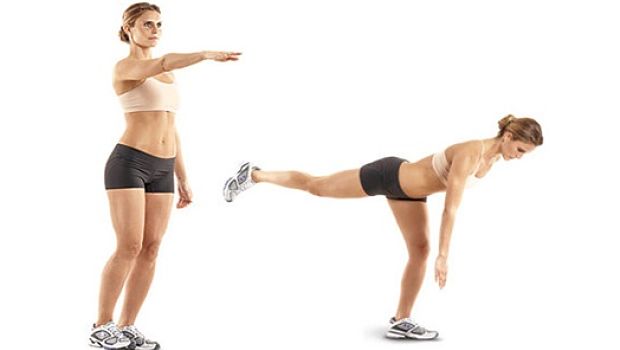
Instructions:
To start, stand on 1 leg while holding a chair or a wall for balance – not for support. Next, keep 1 hand relaxed straight in front of the thigh. Then, push the hips far back, until the hand touches the floor and come back up. This position should be felt in your butt muscles. Your back shouldn’t curve; it must stay straight, but not be upright.
Read on: How to get stronger fast at home with lifting weights
2. Squats

When it comes to the connection between hypothyroidism and exercise for weight loss, consider following a squats routine.
Instructions:
First, stand up straight and bend at the hips, then the knees until you are in the sitting position. Next, go down – all the way.
Read on: Best thigh workouts to lose weight at home
3. Overhead Press (Or Vertical Push Move)
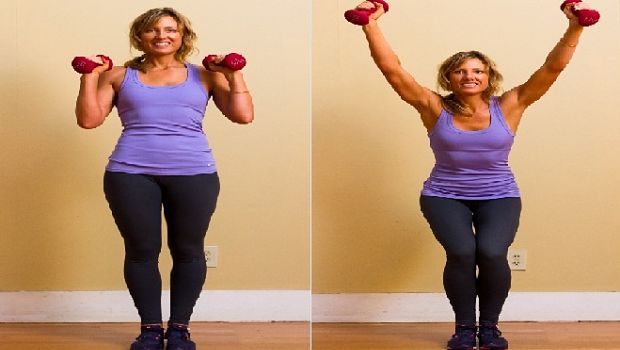
Instructions:
Start by raising dumbbells to the shoulder height. Next, turn your arms so that they are facing forward. Then, lift the dumbbells up and the elbows are totally straight. Next, lower the dumbbells back down to the shoulders.
4. Lap Pull-Down (Or Vertical Pull Move)
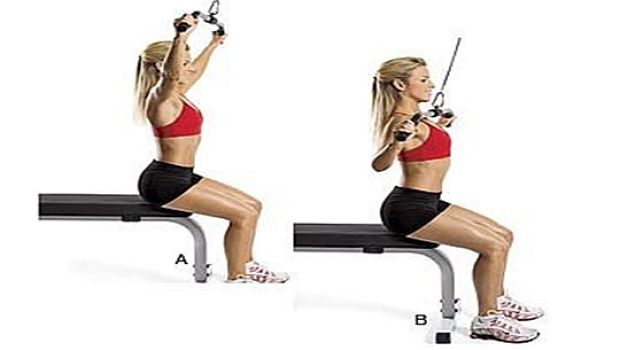
Instructions:
To start, grab a pull-down bar, palms facing away. Next, pull it down to the collar bone. Try to keep the back straight, and be sure the pull-down bar travels close towards your face.
5. Push-Up (Or Horizontal Push Move)

Instructions:
First, put your hands on the ground, the shoulder width apart. Your feet must be stretched out. Next, bend the elbows and then shoulders until you are close to the floor. If the push-up exercise is difficult for you, do the same things either with the hands on a floor stair while your feet stay on the floor.
Read on: Ultimate Pull Up Program
6. Rowing (Or Horizontal Pull Move)

Understanding the connection between hypothyroidism and exercise for weight loss, you can go rowing or do similar horizontal pull move.
Instructions:
Sit on a bench in the rowing machine with the hands holding the rowing handle. Next, keep the back straight, and lean your back 10 – 15 degrees. Then, pull the rowing cable back until touch your mid-stomach. Next, release under control.
Do it first with 15 reps of the exercise, then work about 20 reps.
7. Aerobic Exercise
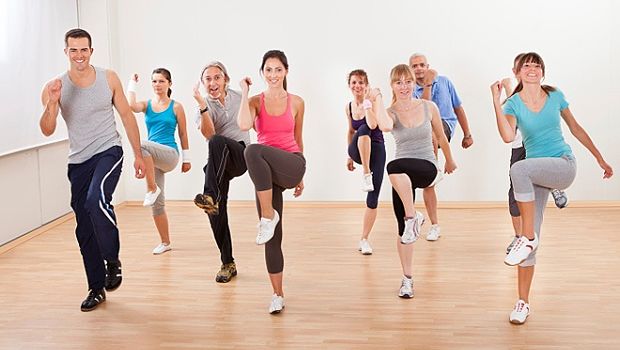
Next, consider following an aerobic exercise routine when it comes to ways to treat hypothyroidism and exercise for weight loss.
Fitness experts believe that aerobic exercise routine is the best workout for hypothyroidism. Besides, it is also recommended rowing, walking, swimming, cycling, dancing and hiking as these activities get the heart pumping and make you sweat as good as aerobic exercise. According to experts, aerobic exercise works the best for strengthening the lungs, heart and burning calories. A 30-minute session to do in 4 to 5 days weekly is suggested for hypothyroidism. It is believed that aerobic exercise is a great mood booster as well as an anti-depressant that helps in depression, which often accompanies your under-functioning thyroid.
8. Strength Training

Along with an aerobic exercise routine, follow a strength training for building your muscle, strengthen and reduce symptoms of hypothyroidism.
Different strength trainings focus on certain body parts and by following a strength program properly, it can help protect your joints, or tendons, or muscles, or ligaments or build your overall strength for handling daily activities like carrying groceries. Though you workout at home or at a gym, exercises like leg raises, pushups or lunges are safe you’re your thyroid. These exercises generally raise your metabolic rate and boost your calorie burning for fat loss. A combination of strength training and aerobic exercise would be a great bodybuilding program for people with hypothyroidism. Or, you can alternate between them on each other days of week.
In short, though you do any exercises, start slowly, then work up to a new level for the best weight loss and hypothyroidism treating improvement. If you do intensive workouts too much, they may make your hypothyroidism worse and cause your muscle pain depression, fatigue, but not weight loss.
Ideally, meet with your doctor and ask him or her before starting any exercise routine. And, avoid making exercise as a substitute for the thyroid medication. With the right drugs, you may feel better within 3 to 4 weeks and have motivation to get back to your regular exercise routine.
Bottom line:
In this article, you’ve discovered the connection between hypothyroidism and exercise for weight loss. If you are suffering from hypothyroidism and cant improve it effectively, pay attention to an exercise routine for hypothyroidism once! For any feedback about the article of the connection between hypothyroidism and exercise, leave your comment at the end of the post. Thanks for reading and see you in the next posts!
Want More Content Like This In Your Inbox?
- 14 Health Benefits Of Lychees For Skin And Internal Health
- Top 10 Health Benefits Of Oregano
- Top 30 Home Remedies For Calluses On Hands And Feet
- 27 Natural Home Remedies For Anal Itching You Should Know
- How To Treat Seborrheic Dermatitis Naturally At Home – 7 Tips
- Best Nuts For Health And Nutrition: Go Nuts For Better Health
- Fitness Through Fasting Review – Is Robert Dave’s Program Useful?
- Top 14 organic coconut oil uses for hair and skin are revealed






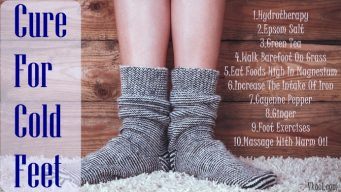

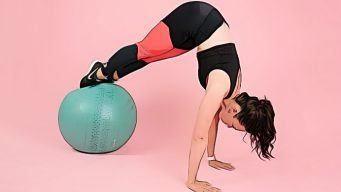


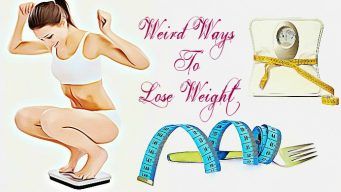
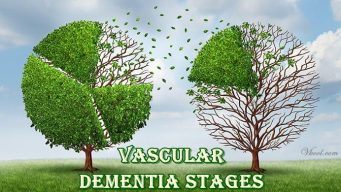

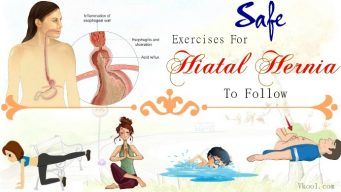






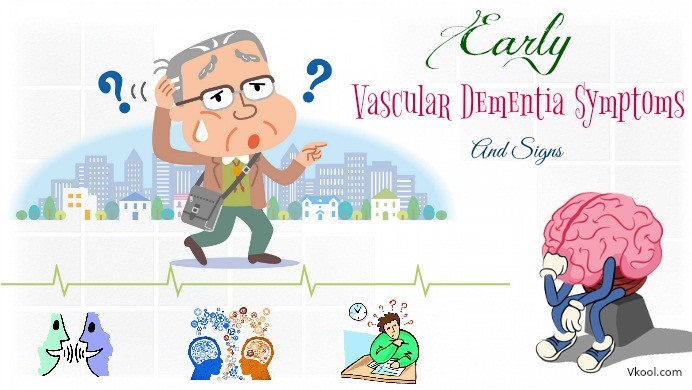

 22 Nutritional, Health And Beauty Benefits Of Chocolate
22 Nutritional, Health And Beauty Benefits Of Chocolate 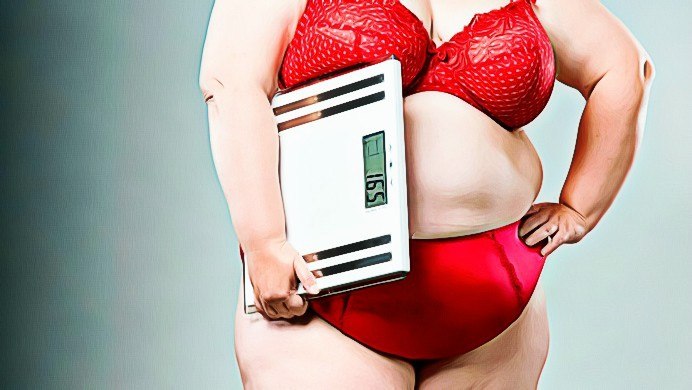 Feast Your Fat Away Review – Does Nate Miyaki’s Program Work?
Feast Your Fat Away Review – Does Nate Miyaki’s Program Work?  7 Day Paleo Meal Plan – 21 Simple & Easy Paleo Food Ideas
7 Day Paleo Meal Plan – 21 Simple & Easy Paleo Food Ideas 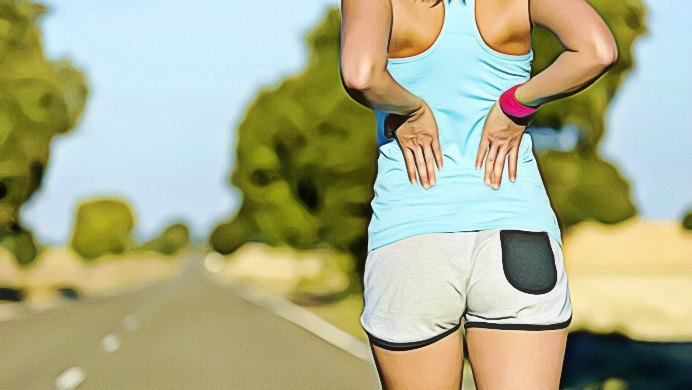 X-Pain Method Review – Is Dr. Graeme Teague’s Cure Useful?
X-Pain Method Review – Is Dr. Graeme Teague’s Cure Useful?  Easy Potato Recipes For Breakfast And Dinner
Easy Potato Recipes For Breakfast And Dinner  11 Health And Nutritional Benefits Of Beef Everyone Should Know!
11 Health And Nutritional Benefits Of Beef Everyone Should Know!  Benefits Of Folic Acid For Women Who Are Trying To Get Pregnant
Benefits Of Folic Acid For Women Who Are Trying To Get Pregnant  11 Health benefits of holy basil tea
11 Health benefits of holy basil tea  List of healthy foods for teens should be known
List of healthy foods for teens should be known  Rice kheer recipe: 15 easy and simple dishes
Rice kheer recipe: 15 easy and simple dishes